Color and culture assault the curious passersby the moment one steps into the lair of “Flux.” Amidst exhibit panel boards are projects featuring the likes of hero-by-night Buffy the Vampire Slayer and the techie world of video games, as well as a funkily redesigned black-and-white Bible and children’s books telling more than your bedtime story.
Gone is the stereotypical era of pretty vectors, Photoshop, and photography that limit these artists, as the thesis exhibit of senior Information Design (ID) majors, held on January 18 to 22, ventures to greater heights by providing useful information in designs appealing to all shapes and sizes, and putting the limelight more on the message.
(In)flux of viewpoint
In one corner of the Ateneo Art Gallery, an array of projects promotes healthy eating to both malnourished and obese kids. Another corner resembles a girl’s room, featuring a personal menstruation cycle diary to guide young girls through that rite of passage. Two tables showcase fashion-inclined outputs; Heirloom, an exploration of the different native weave patterns as depicted on shoes and bags, and fashion line Telebasura, which is now an online business.
Comparing this set of outputs to past exhibits—“We really pushed our students to think outside the box or a poster [or] shirt campaign,” according to thesis adviser Mike Parker—it seems that what ID aims for, which is to merge the technical aspects of the world of design with the sensibilities required in every artist, has been achieved.
“Information Design is art that is functional. Our kind of art is actually for the benefit of the people, for the use of the world’s development,” says Gino Afable of the nature of his course. The use of graphics and typography makes it easier to come up with a whole new way to convey a message to their target market.
“You don’t just arrange stuff to make it look beautiful,” says Kim Ng. “You also think about it and how you want to present it, organize it in your mind first before finally having an output.”
A thesis you love?
With wider parameters for thesis experimentation given to the students, it’s no question that most of the theses reflect a personal favorite or motto, making the production more fun experience than grueling work.
Take for instance Gino’s thesis, Plus Pad. A self-confessed gamer, he aims to give more attention to video games as a means of acquiring different kinds of information and aid to those hooked to the veins to their Xboxes and PSPs.
“Video games contribute to real world problems, like safe flights, discovering galactic collisions, promotions of health and fitness,” says Gino. “I actually want to emphasize health and fitness using the Wii, which is a great way to address the obesity that America is dealing with.”
Another interesting project is Selah, which features the redesigning of the Bible. Creator Danika Navarro’s original concept had been a Christian planner or testimony books, but she ended up accepting her thesis adviser’s challenge to redesign the entire Bible.
As a Born Again Christian devoted to her faith, Danika sees this as her way of giving back to God. “God has given me the passion to dance and to design and I opt to use them for His purposes,” she says. “I figured that my thesis would be the best summary of what I have learned and achieved while studying in Ateneo.”
Her end product? A thick black-and-white hip-looking Bible with handwritten titles, chapters, and verses, perched on a wooden holder for easy reading.
Pushing for change—with style
Even with the seriousness of social change being a defining factor of the exhibit, what catches (and holds) the attention of goers are the allusions to popular culture and the use of appealing graphics. Most pieces strike a balance between artsy and fun, and serious with undertones of raising social consciousness.
Inspired by her little brother’s story books, Kim Ng’s Little Doctor features 10 illustrated booklets of the know-how and the what-to-do’s when a specific kind of illness attacks. “[Learning] does not have to be serious all the time—it can be enjoyable,” she says.
A more Zen approach mixed with a little technology on the side is Meggy Kawsek’s The Polygon Project. Amidst a clean backdrop of white are sample origami presentations of her own version of the traditional household lamp, one that is friendly to both the eyes and the environment.
“I chose this project since I like functional stuff,” she says. “I got inspiration from the origami vases and swans that were going around a few years ago.”
Aside from them being recyclable, her lamps light up a room efficiently through the use of LED lighting, a technology that she gained while working with the Ateneo Innovation Center.
Not the end of it
With ID still considered a young course in the university, thesis adviser Elbert Or said that the exhibit is literally just the start of ID’s development.
“As a Jesuit university, and the Fine Arts program as a whole, we strongly prefer projects that have a social orientation rather than a project for its own aesthetic purpose,” he says.
As for the future of this year’s batch of theses, the exhibit is merely a steppingstone in a future agenda for their creators. “I have a plan to make it a social entrepreneurship project,” says Meggy of The Polygon Project’
Gino also has high hopes that with the help of his Plus Pad, the future of gaming industry will mean more to people than just pastime for kids—proving quite clearly that this young course is not just another case of playing around.
Fun with a cause
What happens when a socially-relevant thesis meets an artistic perspective? Fun and education has never found a better outlet than these projects.
Using booklets with illustrations reminiscent of the cartoon series Grossology, like a germ painting the eyes red, Little Doctor is a new way to inform kids of various common illnesses in a way that they can easily understand.
Everywhere one goes, it’s easy to spot different posters of candidates in lieu of the upcoming elections. Mukha Mo tries to give a critical viewpoint by dissecting the effectiveness of the messages that these posters give the public.
Targeting marginalized and malnourished little children in the preschool department, Lubos Lusog feature topics on breastfeeding (for mothers), food pyramids, and healthy habits via colorful workbooks.
Inspired by a documentary on Japanese indigenous artists, Heirloom tries to define the proper use of indigenous symbolisms through a manual of the same name and apply it to shoes, purses, and handbags. This is to keep the tribal patterns of Philippine tribes alive in contemporary times.
In the hopes of providing a vision for those trying to break from the stereotype that art is selfish, Artillery is the newly-built home organization of the Fine Arts Program. With a branding scheme, and other documents like the constitution for the organization, the artists of the future finally have a home to look forward to.
Photos courtesy of Chelsea Lim



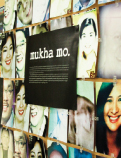

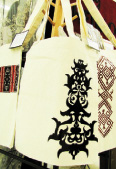

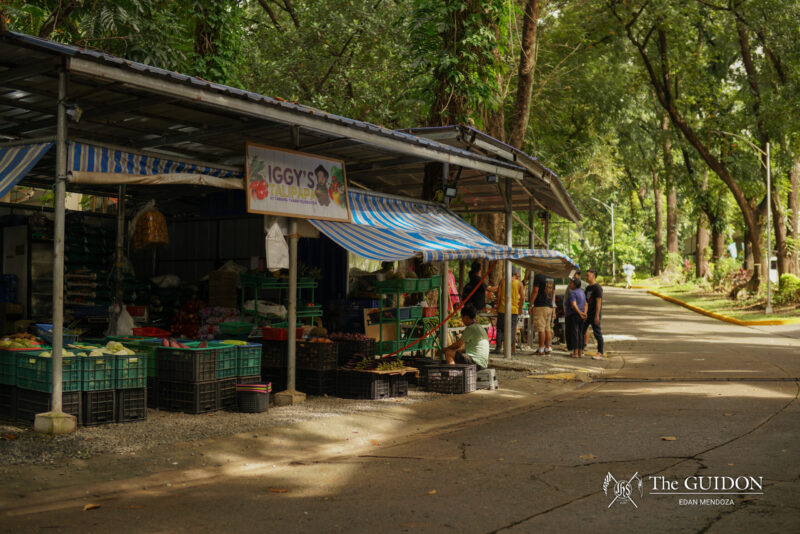
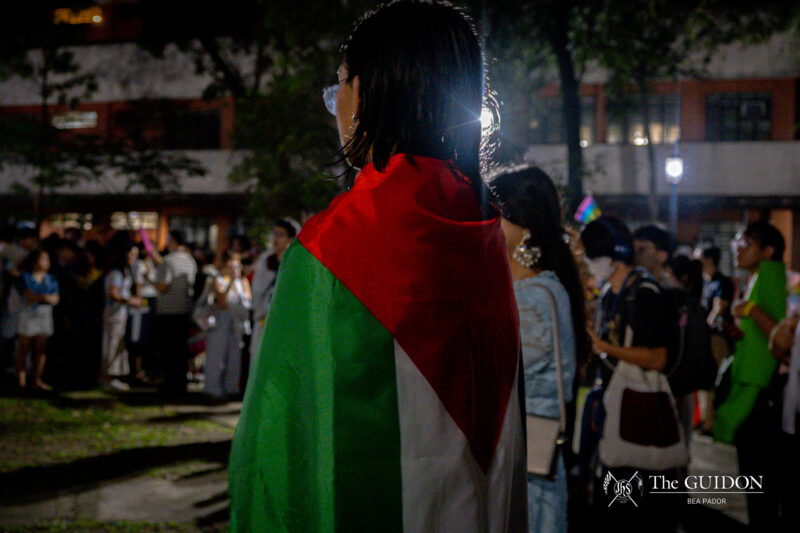
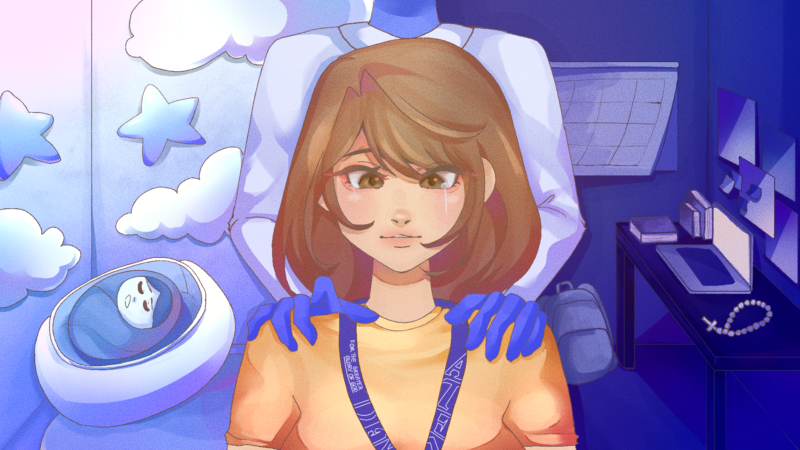
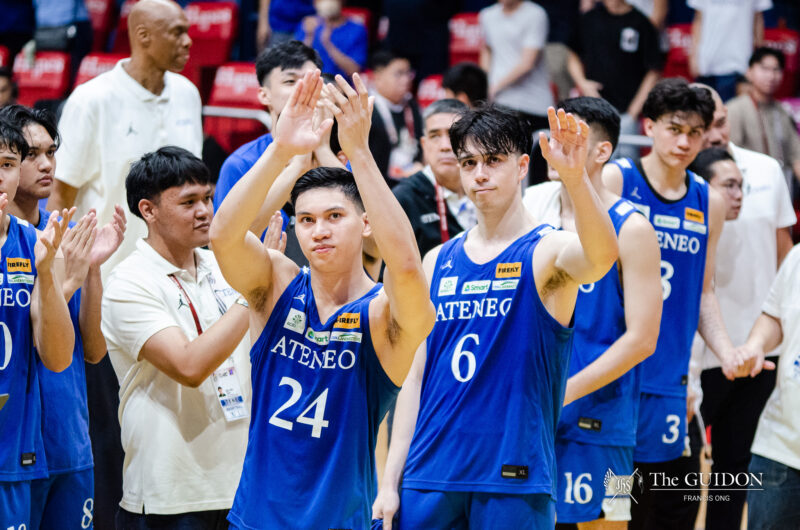


GO ID! 😀